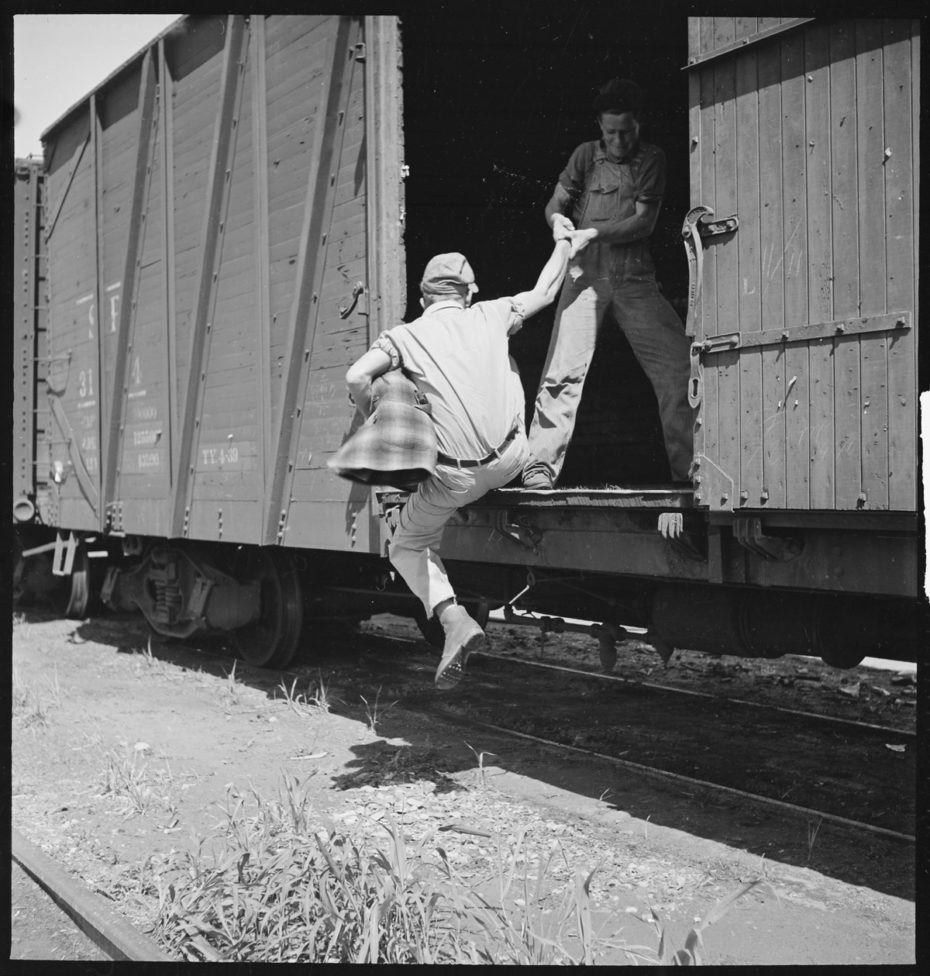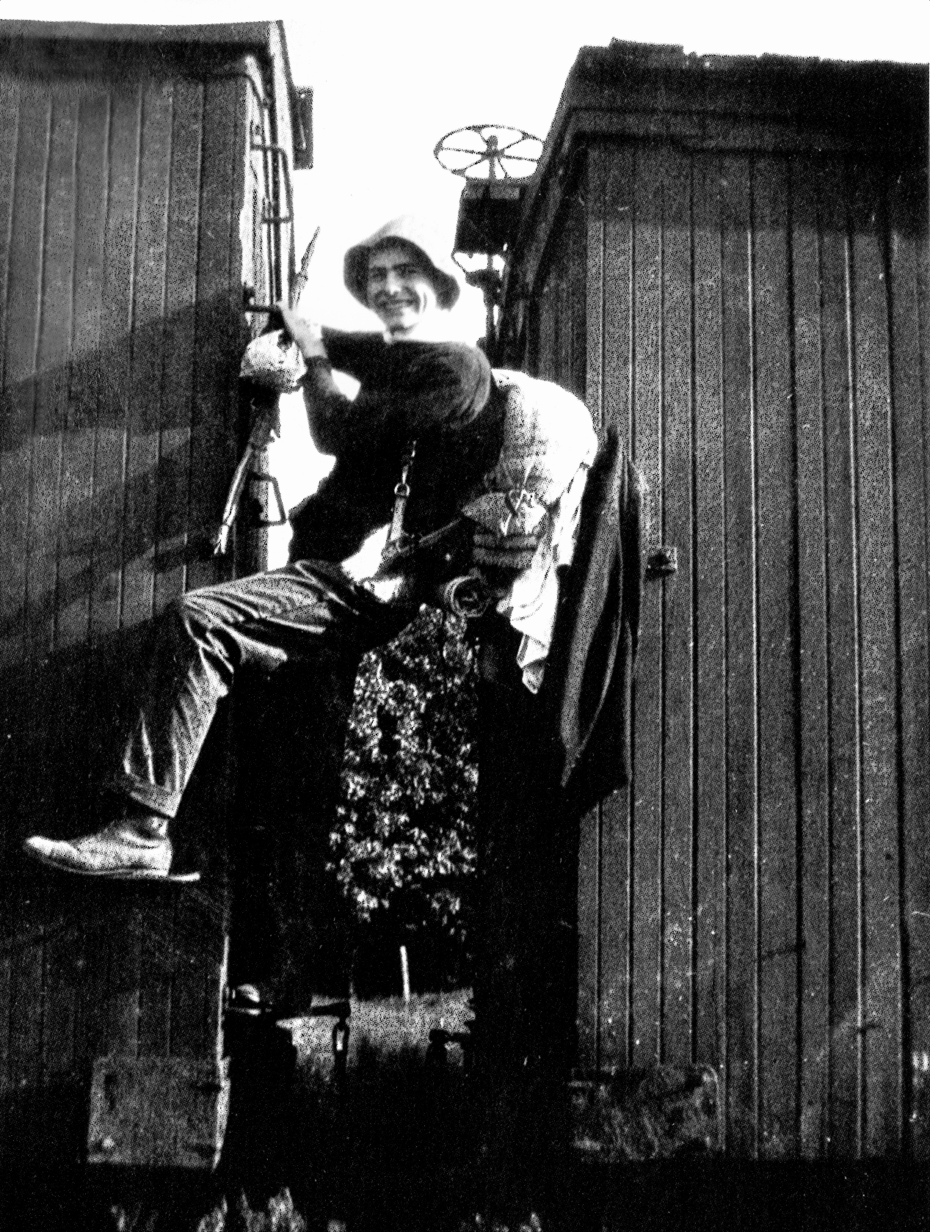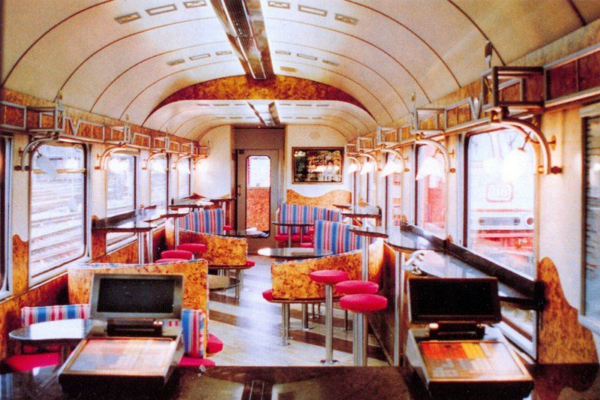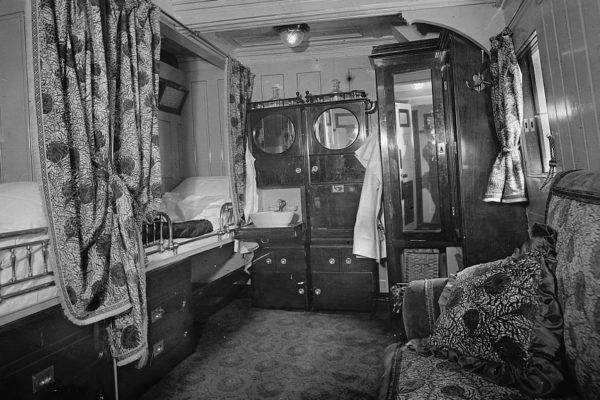
Freighthopping or trainhopping, the (usually illegal) act surreptitiously boarding and riding a freight railroad car became a common means of transportation following the American Civil War and continued to be widely used by those unable to afford other transportation, particularly during the Great Depression when the jobless took to the rails to find work. The practice is less common today, but a subculture community of freight-train riders still exists and freighthopping remains a long-established American tradition. We recently came across a Youtube video by filmmaker Jeff Seal, giving us a glimpse into this subculture as he tries to hop freight trains to Montauk. To a degree, this feels like it might be the last red-blooded authentic American adventure; some kind of untapped secret tourism similar to travelling the world on a cargo ship. In reality, it’ll probably get you killed or severely injured and it’s guaranteed to get you arrested, so let’s just live vicariously for now…
It’s tempting – the idea of hunkering down for a sunset ride through the forests and mountains, ending up in another state, living like an outlaw just like in the 1930s, but of course, there are plenty of stories to deter the burgeoning trainhopper within. There was the famous Welsh “tramp-poet” W. H. Davies who lost the lower part of his right leg after jumping a train in 1899, an incident is recounted in his book The Autobiography of a Super-Tramp. In 1944, some 500 people died in the Balvano train disaster which involved and was partially caused by hundreds of freighthoppers. Most recently, YouTuber James Stobie, the most famous train-hopping hobo on the internet was killed while freighthopping when he got snagged on a passing Amtrak train.
Freight train cars are not designed for human riders, but as long as there’s still blind spots in rail security and the romantic nomadic notions of trainhopping, people will continue to risk their lives hitching a ride.

Typically, riders will go to a rail yard where the trains switch out crew. They will either know from other riders of a spot to hide and wait, or they will find one themselves. Recreational train hoppers have their own code – there are books and websites which tell you about how to find your way around the freight network, how to befriend rail yard staff, and tricks to make riding as safe as possible. This Reddit forum goes into quite some detail on how to find your train. Depending on the size and layout of the rail yard, riders may have to get on the train while it is moving; doing this is known as “catching on the fly.” One user warns: “Never jump on a moving train unless you can count the bolts on each wheel – or it’s going too fast.”
We’ll settle for a seat on the train for now, and for the stories that come from these old world adventures.
Check out more of Jeff Seal’s excellent videos here.
















